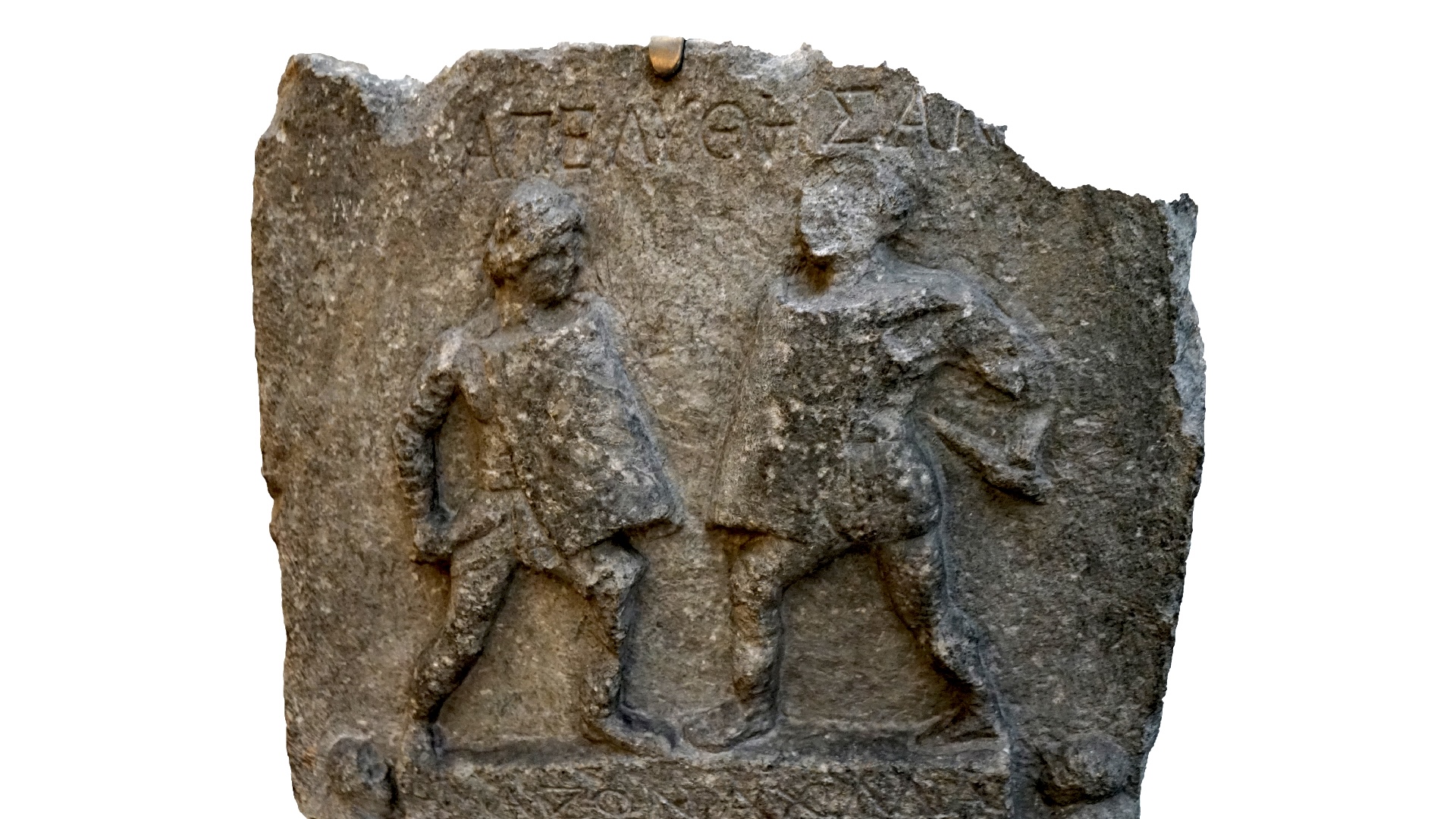Protecting Teens from Sports Injury
Fatalities on the sports field are rare, but many young athletes face mild injuries throughout their careers. Parents, coaches and players can take steps to reduce risk to their child athletes, said SafeKids USA pediatrician and spokesperson Jamie Freishtat. In particular, she said, parents should:
- Make sure their kids have appropriate protective gear for their sports. Hand-me-downs are fine only as long as they fit properly and are well-maintained. Sunscreen is a necessity.
- Prevent heat stroke. Make sure young athletes stay hydrated, wear light clothing and ease into exercise in hot environments slowly. Frequent water breaks in the shade should be a mandatory part of practice.
- Schedule preseason physical exams to screen for underlying health problems.
- Question the coaches: Do they have first-aid training? Are they certified in CPR? How many water breaks do kids have? What is the coaches' philosophy toward injuries?
- Be aware of the child's limitations, and encourage a mix of activities. Children who "specialize" in certain sports or positions at a young age risk injuries from overuse.
- Encourage young athletes to tell their coaches when they're injured. Avoid the "play through it" mentality, which can make injuries worse in the long run.
- Know the symptoms of concussion (headaches, clumsiness, nausea, memory loss, confusion) and get medical help if a concussion is suspected.
- Set a good example: Parents should wear protective equipment when playing sports and should model healthy behavior for their kids.
"It's important for parents to put sports in perspective," Freishtat said. "We want them (the kids) to continue and to enjoy it."
- Full Story: Hard-Hitting Sports Hold Dangers for Teens
- Why Soccer Moms and Dads Go Mad
- 7 Solid Health Tips That No Longer Apply
Get the world’s most fascinating discoveries delivered straight to your inbox.

Stephanie Pappas is a contributing writer for Live Science, covering topics ranging from geoscience to archaeology to the human brain and behavior. She was previously a senior writer for Live Science but is now a freelancer based in Denver, Colorado, and regularly contributes to Scientific American and The Monitor, the monthly magazine of the American Psychological Association. Stephanie received a bachelor's degree in psychology from the University of South Carolina and a graduate certificate in science communication from the University of California, Santa Cruz.
